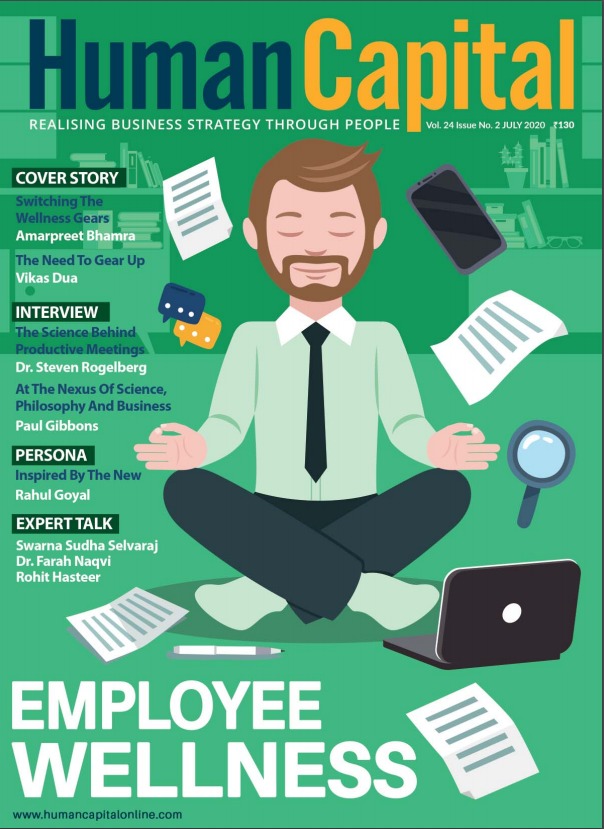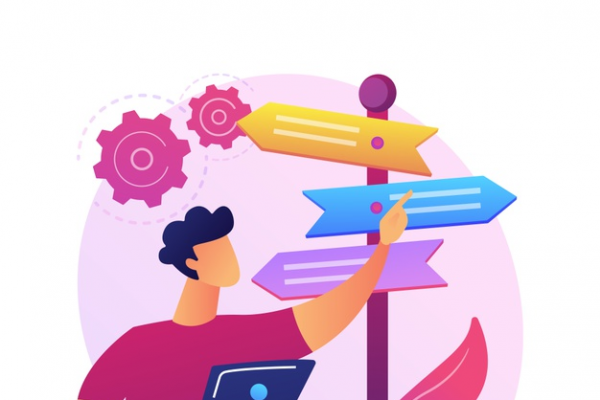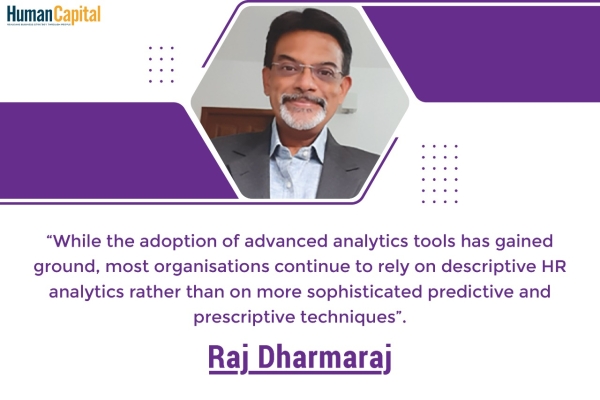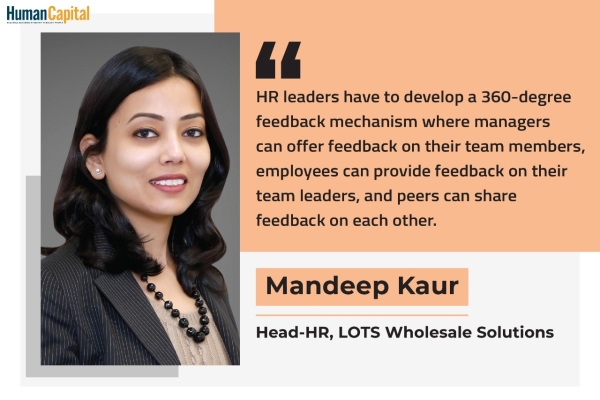The 'Diversity, Equity and Inclusion' trinity aka the 'D-E-I framework', enables an organisation to be truly all-embracing. It becomes an environment that celebrates uniqueness and allows each one to flourish.
There is no denying that in recent years, the ‘Diversity and Inclusion’ (D & I) agenda has been furthered in the corporate arena. Fuelled by greater awareness in our populace and supported by a more vocal Human Resources fraternity, sustained efforts have been made to take this charter ahead. Organisational leaders have defined ‘diversity targets’ and religiously measured themselves against them, in a manner that can only be considered as noble.
Having laid the groundwork, the time is ripe for the HR community to complement these efforts by focusing on driving ‘Equity’ in the workplace. With this new dimension in the mix, the ‘Diversity, Equity and Inclusion’ trinity, also referred to as the ‘D-E-I framework’, enables an organisation to be truly all-embracing. It becomes an environment that celebrates uniqueness and allows each one to flourish. To understand this more lucidly, it is important to understand each of these elements and realise the finer nuances that differentiate them.
Diversity
As organisations grow from within their community to also expand outside national borders, it is critical for them to include employees who are diverse. Diverse in terms such as nationality, race, language, gender, religion, age, sexual orientation, and more. Diversity brings in many benefits, and the most important among them is the contribution of diverse thoughts and perspectives. This is a great value add to the strategic direction and operational workings of an organisation, enabling it to be able to serve its customer base (which is likely to be more diverse) more effectively.
One must caution that the number-tracking approach often deployed towards measuring diversity within the organisation, can be its biggest bugbear. It can detract the ranks from fully understanding the true worth of the diversity initiatives and reduce it to mere ‘management’ of data.
Inclusion
With diversity what must come along is inclusion, for the former by itself, is mere lip service. If, within a diverse group of individuals, a few are unable to contribute effectively without fear or hesitation, then the entire objective of creating a diverse team is missed.
To be inclusive is to create internal processes that encourage each of the employees to participate fully without any fear of retribution, or worse still, being ignored.
Inclusion encourages more wholesome sharing and debate within an organisation and creates an environment that is more collaborative, engaging, and positive. It, therefore, becomes essential to make conscious and directed efforts to make everyone welcome in all business transactions where they can add value and include the views of those who are in the minority.
Equity
Having a D & I driven approach, however, is only a partial endeavour in creating a genuinely great workplace. To enhance the overall workplace quality and experience for all employees, an approach that is based on the pillar of ‘Equity’ is, therefore, much desired. Such an approach takes into account the historical reality of our societies across the globe.
It is no secret that our societies and communities today are the result of social dynamics and norms that have evolved over centuries. Not all this evolution has been, what one may call, healthy. The haphazard and often majority-driven approach has created groups of marginalised people. Discrimination and denial of opportunity has had a long-term, detrimental impact on their growth.
When an organisation’s leaders follow an equity-based approach in all its employee interactions in the hireto-retire cycle, they ensure that there is a thread of ‘fairness’ that is woven into the cultural fabric of the organization.
The starting point for promoting an equitable approach is absorbing the understanding that not all individuals start from the same place. In some cases, certain groups may be advantageously placed while others have to encounter barriers.
The next step is to, therefore, address individualistic needs to ensure that everyone has the same level playing field. So, while inclusion aims at providing an equal opportunity or experience to all within the organisation’s fold, equity aims to personalise that opportunity or experience, keeping each individual’s unique construct at the core.
The weak-hearted may be won't to argue that it is difficult, impossible even, to set right decades of discrimination. But the only counter to that has to be a firm resolve to drive establishment of equitable processes in environments under their span of influence.
To sum up, I would like to quote Ben Hecht who writes in his article, ‘Moving Beyond Diversity Toward Racial Equity’, that was published in the Harvard Business Review–“Instead of trying to change some people to fit the organisation, we must focus on transforming our organisations to fit all people.” This, in essence, is what a truly diverse, inclusive and equitable organisation would look like!
Follow and connect with us on LinkedIn, Facebook, Instagram, Twitter for latest HR news and insights.
Do you think hybrid work arrangements would be a common feature of the workplaces going forward?
Trending
-
SBI General Insurance Launches Digital Health Campaign
-
CredR Rolls Out 'Life Happens' Leave For Its Employees
-
Meesho Announces 30-Week Gender-Neutral Parental Leave Policy
-
Microsoft Unveils Tech Resilience Curriculum To Foster An Inclusive Future
-
60% Indian Professionals Looking For Job Change Due To COVID: Survey
-
SpringPeople And Siemens Collaborate For Digital Transformation Push
-
86% Professionals Believe Hybrid Work Is Essential For Work Life Balance: Report
-
Almost 1 In Every 3 People's Personal Life Affected Due To Work Stress
-
Meesho Rolls Out Reset And Recharge Policy For Employees
-
80% Of Talent Leaders & Academics Say Pandemic Changed Skill Needs For Youth: Report
-
Hero Electric Rolls Out 'Hero Care' Program For Employees
-
Human Capital In Collaboration With ASSOCHAM Hosts Virtual Conference
-
IKEA India, Tata STRIVE Collaborate To Create Employability And Entrepreneurship Opportunities
-
SAP India, Microsoft Launch Tech Skilling Program for Young Women
-
DXC Technology, NASSCOM Collaborate For Employability Skills Program
-
Lenskart To Hire Over 2000 Employees Across India By 2022
-
Mindtree Launches Learn-and-Earn Program
-
Tata AIA Extends 'Raksha Ka Teeka' To Its Employees
-
Swadesh Behera Is The New CPO Of Titan
-
NetConnect Global Plans To Recruit 5000 Tech Professionals In India
-
Hubhopper Plans To Hire 60% Of Indian Podcasters By 2022
-
Corporate India Needs More Women In Leadership Roles: Report
-
Aon to Invest $30 Million and Create 10,000 Apprenticeships by 2030
-
Tech Mahindra Launches ‘Gift a Career’ Initiative for Upskilling of Youth
-
40% Women Prefer Flexible Working Options in Post-COVID World: Survey
-
3 out of 4 companies believe they can effectively hire employees virtually: Report
-
Vodafone , CGI and NASSCOM Foundation launch digital skills platform
-
Odisha: Bank, postal employees to deliver cash for elderly, differently-abled persons
-
Skill India launches AI-based digital platform for "Skilled Workforce"
-
Hiring activity declines 6.73% in first quarter: Survey
-
70% startups impacted by COVID-19 pandemic
-
Bajaj Allianz Life ropes in Santanu Banerjee as CHRO
-
Over 70 Percent MSMEs look at cutting jobs to sustain businesses
-
93 Per Cent employees stressed about returning to office post-lockdown
-
Johnson & Johnson India announces family benefits for same gender partners
-
Indian firms turning friendly towards working mothers
-
Welspun India names Rajendra Mehta as new CHRO
-
Wipro partners with NASSCOM to launch Future Skills platform



Human Capital is niche media organisation for HR and Corporate. Our aim is to create an outstanding user experience for all our clients, readers, employers and employees through inspiring, industry-leading content pieces in the form of case studies, analysis, expert reports, authored articles and blogs. We cover topics such as talent acquisition, learning and development, diversity and inclusion, leadership, compensation, recruitment and many more.
Subscribe Now


.PNG)









































Comment